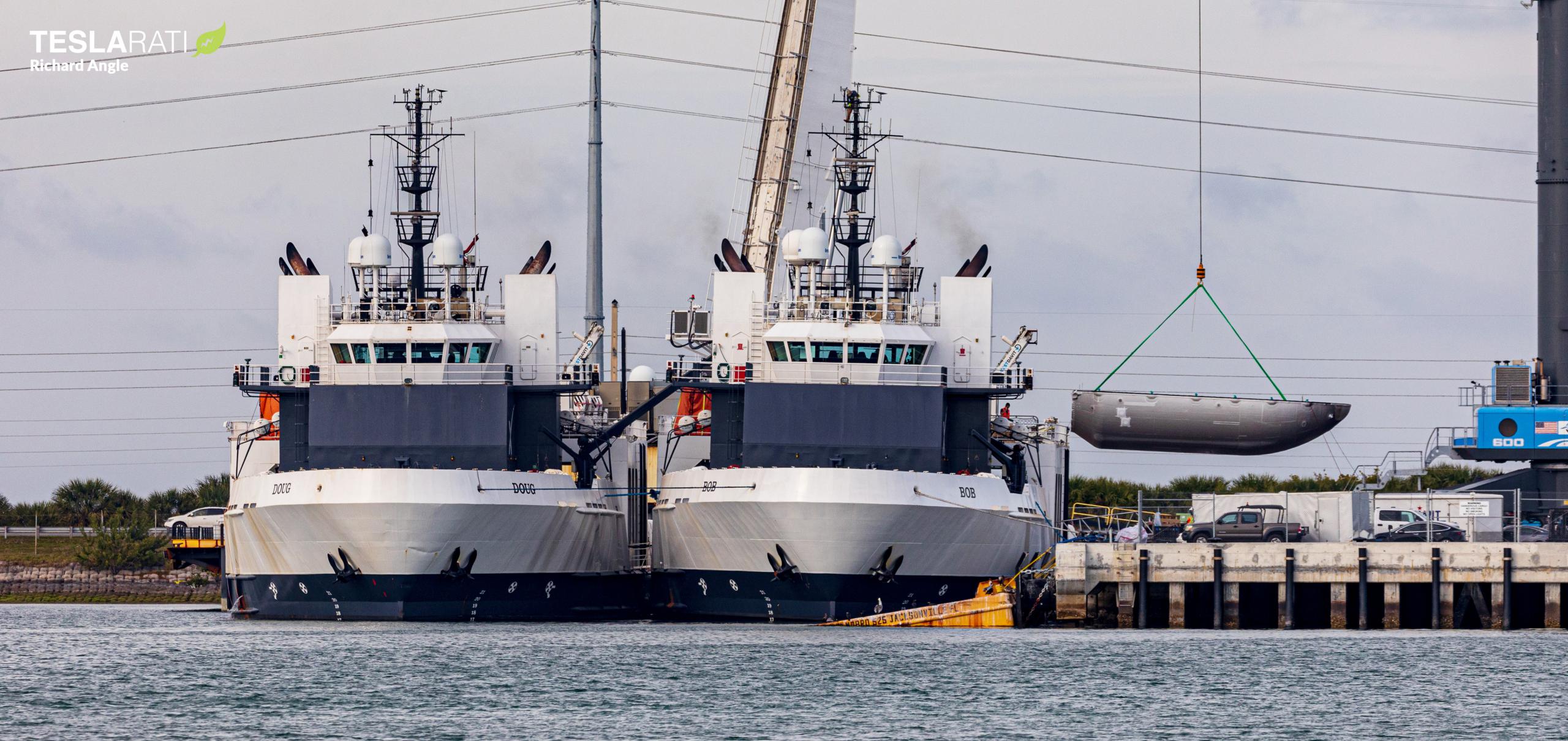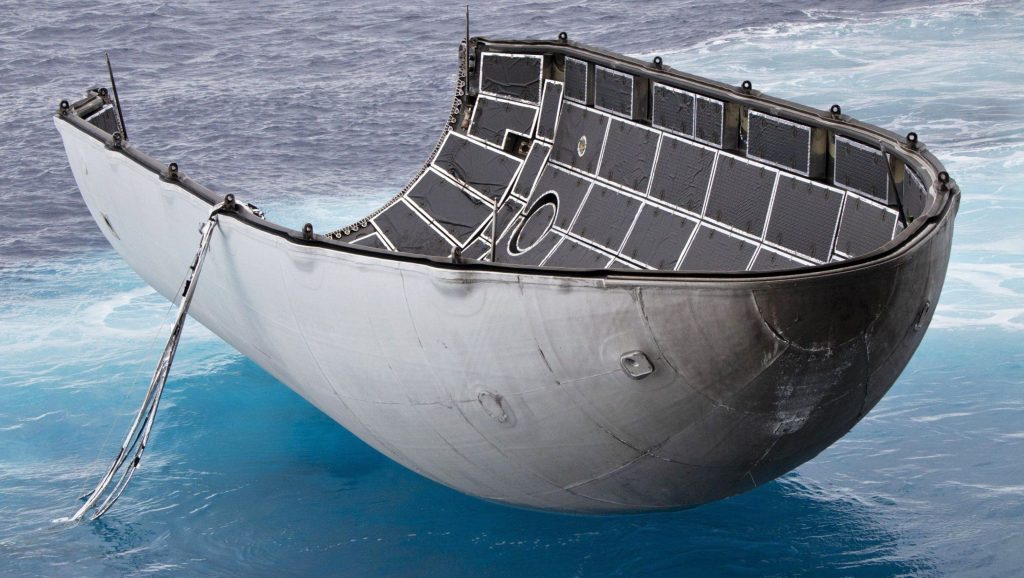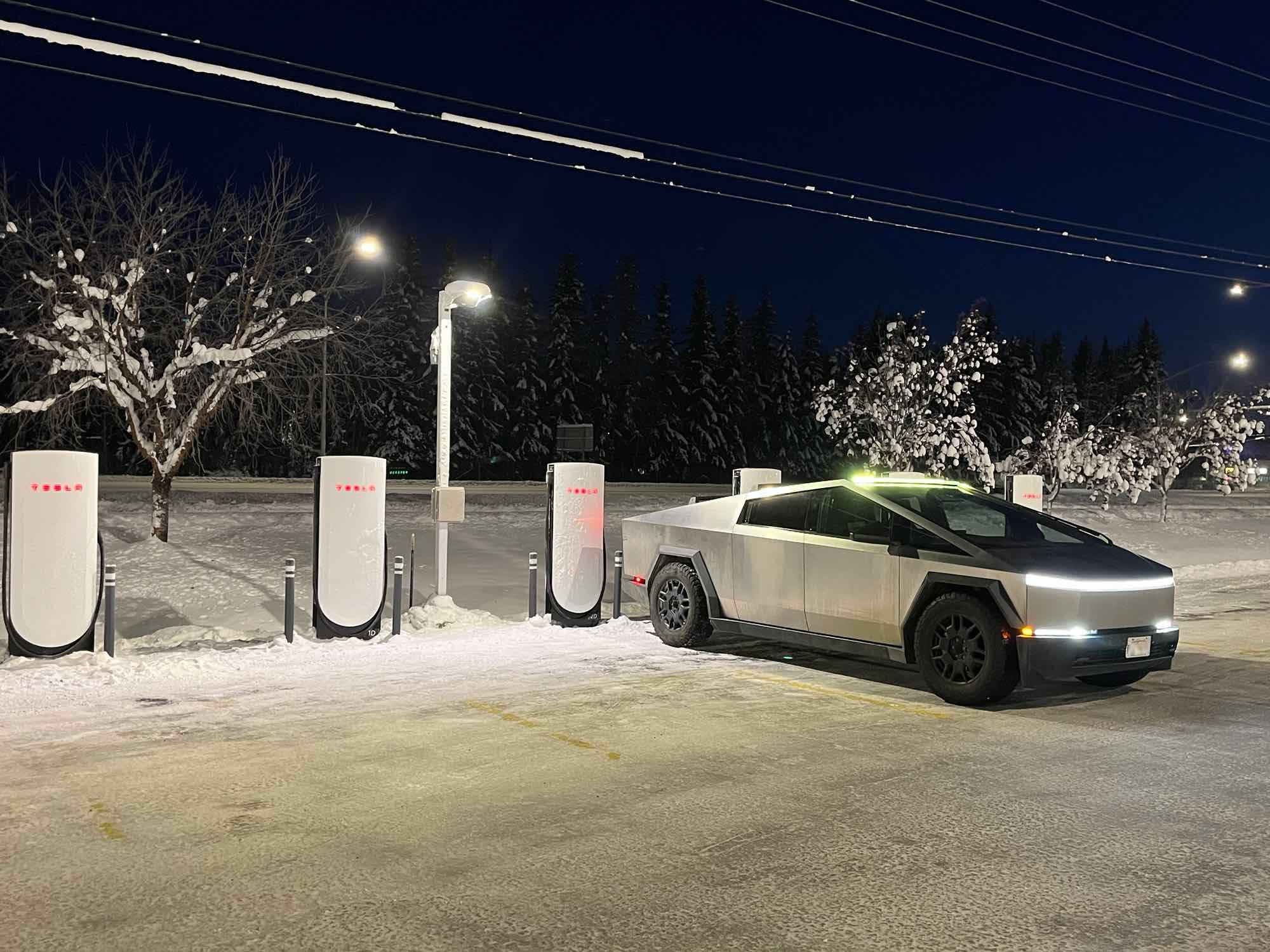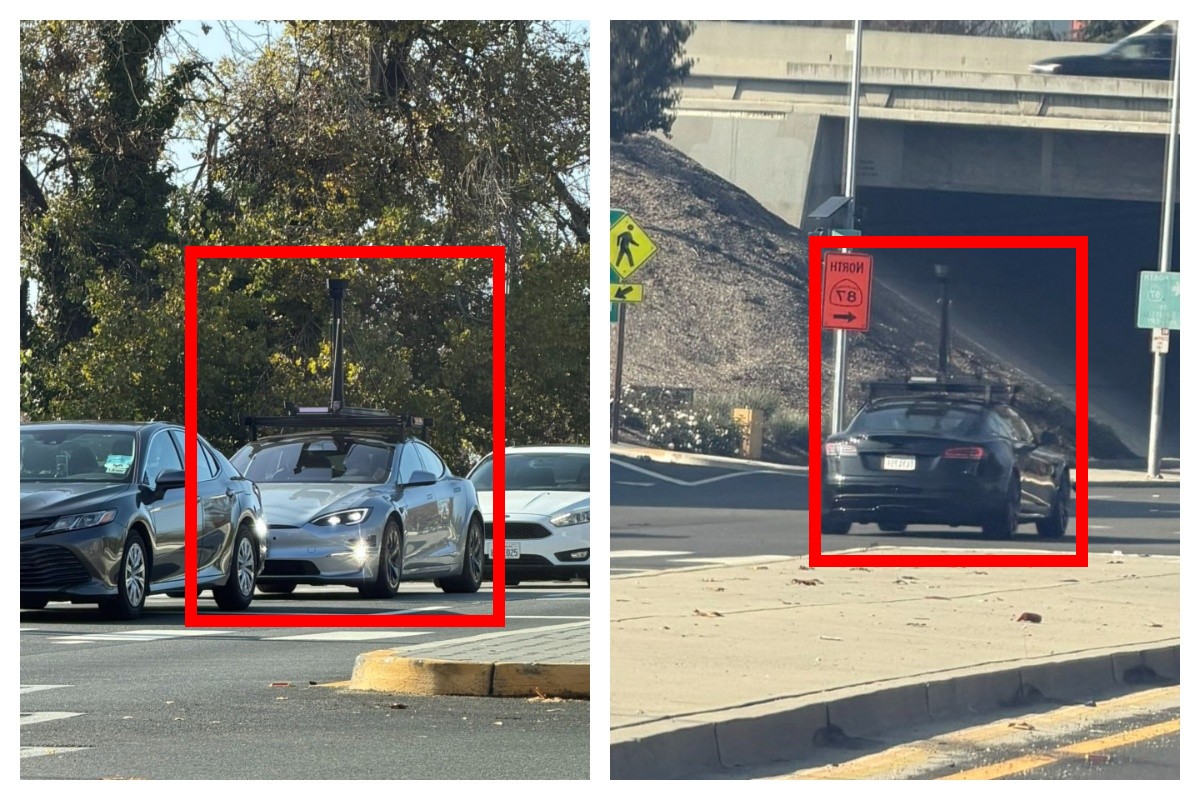

News
SpaceX ship headed 1000 kilometers out to sea for expendable Falcon 9 launch
Update: SpaceX has called off Monday’s launch attempt for what appears to be technical reasons and will try again on Tuesday, November 22nd.
A SpaceX recovery ship is headed more than a thousand kilometers downrange to support the second expendable Falcon 9 rocket launch in nine days.
No earlier than (NET) 9:57 pm EST (02:57 UTC) on Monday, November 21st, a Falcon 9 rocket is scheduled to lift off from SpaceX’s Cape Canaveral Space Force Station (CCSFS) LC-40 pad carrying the Eutelsat 10B geostationary communications satellite. For unknown reasons, the French communications provider paid extra to get as much performance as possible out of Falcon 9, requiring SpaceX to expend the rocket’s booster instead of attempting to land and reuse it.
The mission will be Eutelsat’s third Falcon 9 launch in less than three weeks and will wrap up a trio of launch contracts the company secretly signed with SpaceX to move satellites off of competitor Ariane Group’s unavailable Ariane 5 and delayed Ariane 6 rockets. In a rare coincidence, Eutelsat 10B will also be SpaceX’s second expendable Falcon 9 launch in a row and the third Falcon launch to expend a booster this month. But like those two other missions, not all of the Falcon rocket tasked with launching Eutelsat 10B will be lost.
While SpaceX’s spectacular Falcon booster recovery and reuse usually takes center stage, the company has also managed to become the first entity in the world to successfully recover and reuse the deployable nosecone (fairing) that protects satellite payloads during launch. More importantly, Falcon fairing recovery and reuse have quietly become routine, reliable, and even accepted by an increasing number of paying customers. Out of 52 Falcon rockets launched in 2022, a minimum of 40 used at least one reused fairing half, and four of those 52 launches carried Dragon spacecraft (no fairing).
By all appearances, the performance penalty added by the extra mass of the hardware needed to recover Falcon fairings is also so minor that SpaceX can still recover fairings even when a given mission requires the company to expend a Falcon booster. That’s become especially clear within the last few weeks.
On November 1st, a SpaceX Falcon Heavy rocket lifted off for the fourth time ever, and intentionally expended one of its three first-stage boosters for the first time. Despite the booster’s disposal and record-smashing speed at main engine cut-off (MECO; 4 km/s or 8900 mph), SpaceX still managed to recover both of Falcon Heavy’s hypersonic fairing halves after they reentered Earth’s atmosphere and splashed down in the Atlantic Ocean almost 1500 kilometers (~930 mi) downrange. Eleven days later, SpaceX expended a Falcon 9 rocket to launch two Intelsat communications satellites. Once again, both fairing halves were recovered – this time around 960 kilometers (598 mi) downrange.
Aiming for a region 1015 kilometers (630 mi) downrange, Eutelsat 10B’s fairing halves have the potential to travel further than any other piece of Falcon hardware before a successful recovery.
Compared to booster recovery, fairing recovery is more of a convenience than a necessity, and was pursued partially because it allowed SpaceX to avoid dramatically expanding its fairing production facilities in Hawthorne, California. Each Falcon Block 5 booster reuse likely saves SpaceX tens of millions of dollars, while CEO Elon Musk once implied that a standard Falcon fairing half costs about $3 million to build.* But given that SpaceX is now routinely reusing fairing halves five, six, or even seven times in two to three years, it’s likely that each fairing recovery still saves SpaceX a few million dollars.
*Musk specifically said that the fairing represents about 10% of the cost of a new Falcon 9 rocket. That cost could be higher than SpaceX’s Falcon 9 launch price, which was $62 million in 2017 and has grown to $67 million in 2022.

As was the case with SpaceX’s most recent launch, which made Falcon 9 booster B1051’s 14th mission its last, the company has assigned another old Falcon 9 booster to launch Eutelsat 10B. The mission will be Falcon 9 B1049’s 10th and final launch, ending the career of the oldest booster in SpaceX’s fleet. B1049 debuted more than four years ago in September 2018. Older Falcon Block 5 boosters are generally more finicky and high-maintenance, which partially explains why B1049 will retire after completing four fewer launches than B1051, a booster that’s six months younger.
Tune in below to watch SpaceX expend a Falcon booster for the third time in one month – an unfamiliar ‘first’ for a company famous for landing rockets.

News
Tesla’s northernmost Supercharger in North America opens

Tesla has opened its northernmost Supercharger in Fairbanks, Alaska, with eight V4 stalls located in one of the most frigid cities in the U.S.
Located just 196 miles from the Arctic Circle, Fairbanks’s average temperature for the week was around -12 degrees Fahrenheit. However, there are plenty of Tesla owners in Alaska who have been waiting for more charging options out in public.
There are only 36 total Supercharger stalls in Alaska, despite being the largest state in the U.S.
Eight Superchargers were added to Fairbanks, which will eventually be a 48-stall station. Tesla announced its activation today:
North America’s northernmost Supercharger Fairbanks, AK (8 stalls) opened to public. https://t.co/M4l04DZ6B5 pic.twitter.com/zyL6bDuA93
— Tesla Charging (@TeslaCharging) December 12, 2025
The base price per kWh is $0.43 at the Fairbanks Supercharger. Thanks to its V4 capabilities, it can charge at speeds up to 325 kW.
Despite being the northernmost Supercharger in North America, it is not even in the Top 5 northernmost Superchargers globally, because Alaska is south of Norway. The northernmost Supercharger is in Honningsvåg, Norway. All of the Top 5 are in the Scandanavian country.
Tesla’s Supercharger expansion in 2025 has been impressive, and although it experienced some early-quarter slowdowns due to V3-to-V4 hardware transitions, it has been the company’s strongest year for deployments.
🚨🚨 Tesla Supercharging had a HUGE year, and they deserve to be recognized.
🍔 Opened Tesla Diner, a drive-in movie theater with awesome, Chef-curated cuisine
🔌 Gave access to Superchargers to several EV makers, including Hyundai, Genesis, Mercedes-Benz, Kia, Lucid, Toyota,… pic.twitter.com/yYT2QEbqoW
— TESLARATI (@Teslarati) December 10, 2025
Through the three quarters of 2025, the company has added 7,753 stations and 73,817 stalls across the world, a 16 percent increase in stations and an 18 percent increase in stalls compared to last year.
Tesla is on track to add over 12,000 stalls for the full year, achieving an average of one new stall every hour, an impressive statistic.
Recently, the company wrapped up construction at its Supercharger Oasis in Lost Hills, California, a 168-stall Supercharger that Tesla Solar Panels completely power. It is the largest Supercharger in the world.
News
Tesla shocks with latest Robotaxi testing move
Why Tesla has chosen to use a couple of Model S units must have a reason; the company is calculated in its engineering and data collection efforts, so this is definitely more than “we just felt like giving our drivers a change of scenery.”

Tesla Model S vehicles were spotted performing validation testing with LiDAR rigs in California today, a pretty big switch-up compared to what we are used to seeing on the roads.
Tesla utilizes the Model Y crossover for its Robotaxi fleet. It is adequately sized, the most popular vehicle in its lineup, and is suitable for a wide variety of applications. It provides enough luxury for a single rider, but enough room for several passengers, if needed.
However, the testing has seemingly expanded to one of Tesla’s premium flagship offerings, as the Model S was spotted with the validation equipment that is seen entirely with Model Y vehicles. We have written several articles on Robotaxi testing mules being spotted across the United States, but this is a first:
🚨 Tesla is using Model S vehicles fitted with LiDAR rigs to validate FSD and Robotaxi, differing from the Model Ys that it uses typically
Those Model Y vehicles have been on the East Coast for some time. These Model S cars were spotted in California https://t.co/CN9Bw5Wma8 pic.twitter.com/UE55hx5mdd
— TESLARATI (@Teslarati) December 11, 2025
Why Tesla has chosen to use a couple of Model S units must have a reason; the company is calculated in its engineering and data collection efforts, so this is definitely more than “we just felt like giving our drivers a change of scenery.”
It seems to hint that Tesla could add a premium, more luxury offering to its Robotaxi platform eventually. Think about it: Uber has Uber Black, Lyft has Lyft Black. These vehicles and services are associated with a more premium cost as they combine luxury models with more catered transportation options.
Tesla could be testing the waters here, and it could be thinking of adding the Model S to its fleet of ride-hailing vehicles.
Reluctant to remove the Model S from its production plans completely despite its low volume contributions to the overall mission of transitioning the world to sustainable energy, the flagship sedan has always meant something. CEO Elon Musk referred to it, along with its sibling Model X, as continuing on production lines due to “sentimental reasons.”
However, its purpose might have been expanded to justify keeping it around, and why not? It is a cozy, premium offering, and it would be great for those who want a little more luxury and are willing to pay a few extra dollars.
Of course, none of this is even close to confirmed. However, it is reasonable to speculate that the Model S could be a potential addition to the Robotaxi fleet. It’s capable of all the same things the Model Y is, but with more luxuriousness, and it could be the perfect addition to the futuristic fleet.
News
Rivian unveils self-driving chip and autonomy plans to compete with Tesla
Rivian, a mainstay in the world of electric vehicle startups, said it plans to roll out an Autonomy+ subscription and one-time purchase program, priced at $49.99 per month and $2,500 up front, respectively, for access to its self-driving suite.

Rivian unveiled its self-driving chip and autonomy plans to compete with Tesla and others at its AI and Autonomy Day on Thursday in Palo Alto, California.
Rivian, a mainstay in the world of electric vehicle startups, said it plans to roll out an Autonomy+ subscription and one-time purchase program, priced at $49.99 per month and $2,500 up front, respectively, for access to its self-driving suite.
CEO RJ Scaringe said it will learn and become more confident and robust as more miles are driven and it gathers more data. This is what Tesla uses through a neural network, as it uses deep learning to improve with every mile traveled.
He said:
“I couldn’t be more excited for the work our teams are driving in autonomy and AI. Our updated hardware platform, which includes our in-house 1600 sparse TOPS inference chip, will enable us to achieve dramatic progress in self-driving to ultimately deliver on our goal of delivering L4. This represents an inflection point for the ownership experience – ultimately being able to give customers their time back when in the car.”
At first, Rivian plans to offer the service to personally-owned vehicles, and not operate as a ride-hailing service. However, ride-sharing is in the plans for the future, he said:
“While our initial focus will be on personally owned vehicles, which today represent a vast majority of the miles to the United States, this also enables us to pursue opportunities in the rideshare space.”
The Hardware
Rivian is not using a vision-only approach as Tesla does, and instead will rely on 11 cameras, five radar sensors, and a single LiDAR that will face forward.
It is also developing a chip in-house, which will be manufactured by TSMC, a supplier of Tesla’s as well. The chip will be known as RAP1 and will be about 50 times as powerful as the chip that is currently in Rivian vehicles. It will also do more than 800 trillion calculations every second.
Meet the Rivian Autonomy Processor.
Fast, smart, scalable and purpose-built for autonomous driving and the world of physical AI. Hitting the open road in 2026. pic.twitter.com/0wYXi5WKy7
— Rivian (@Rivian) December 11, 2025
RAP1 powers the Autonomy Compute Module 3, known as ACM3, which is Rivian’s third-generation autonomy computer.
ACM3 specs include:
- 1600 sparse INT8 TOPS (Trillion Operations Per Second).
- The processing power of 5 billion pixels per second.
- RAP1 features RivLink, a low-latency interconnect technology allowing chips to be connected to multiply processing power, making it inherently extensible.
- RAP1 is enabled by an in-house developed AI compiler and platform software
As far as LiDAR, Rivian plans to use it in forthcoming R2 cars to enable SAE Level 4 automated driving, which would allow people to sit in the back and, according to the agency’s ratings, “will not require you to take over driving.”
More Details
Rivian said it will also roll out advancements to the second-generation R1 vehicles in the near term with the addition of UHF, or Universal Hands-Free, which will be available on over 3.5 million miles of roadway in the U.S. and Canada.
More than any other feature, our owners have asked for more hands-free miles.
With Universal Hands-Free, you can now enjoy hands-free assisted driving on any road with clearly defined lanes. That’s roughly 3.5 million miles in the U.S. and Canada.
Look for it in our next… pic.twitter.com/ZFhwVzvt6b
— Rivian (@Rivian) December 11, 2025
Rivian will now join the competitive ranks with Tesla, Waymo, Zoox, and others, who are all in the race for autonomy.








